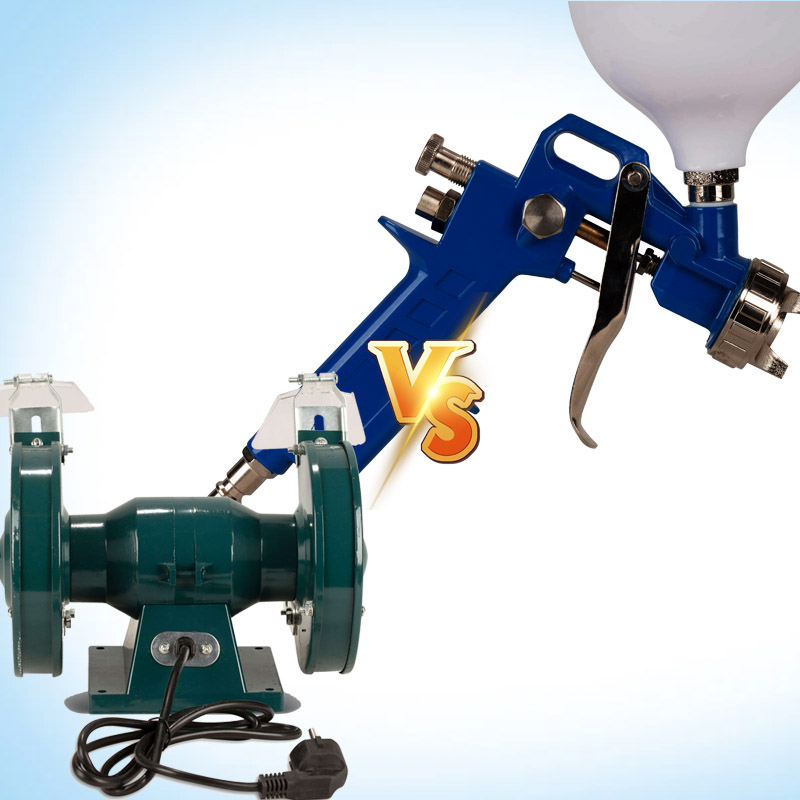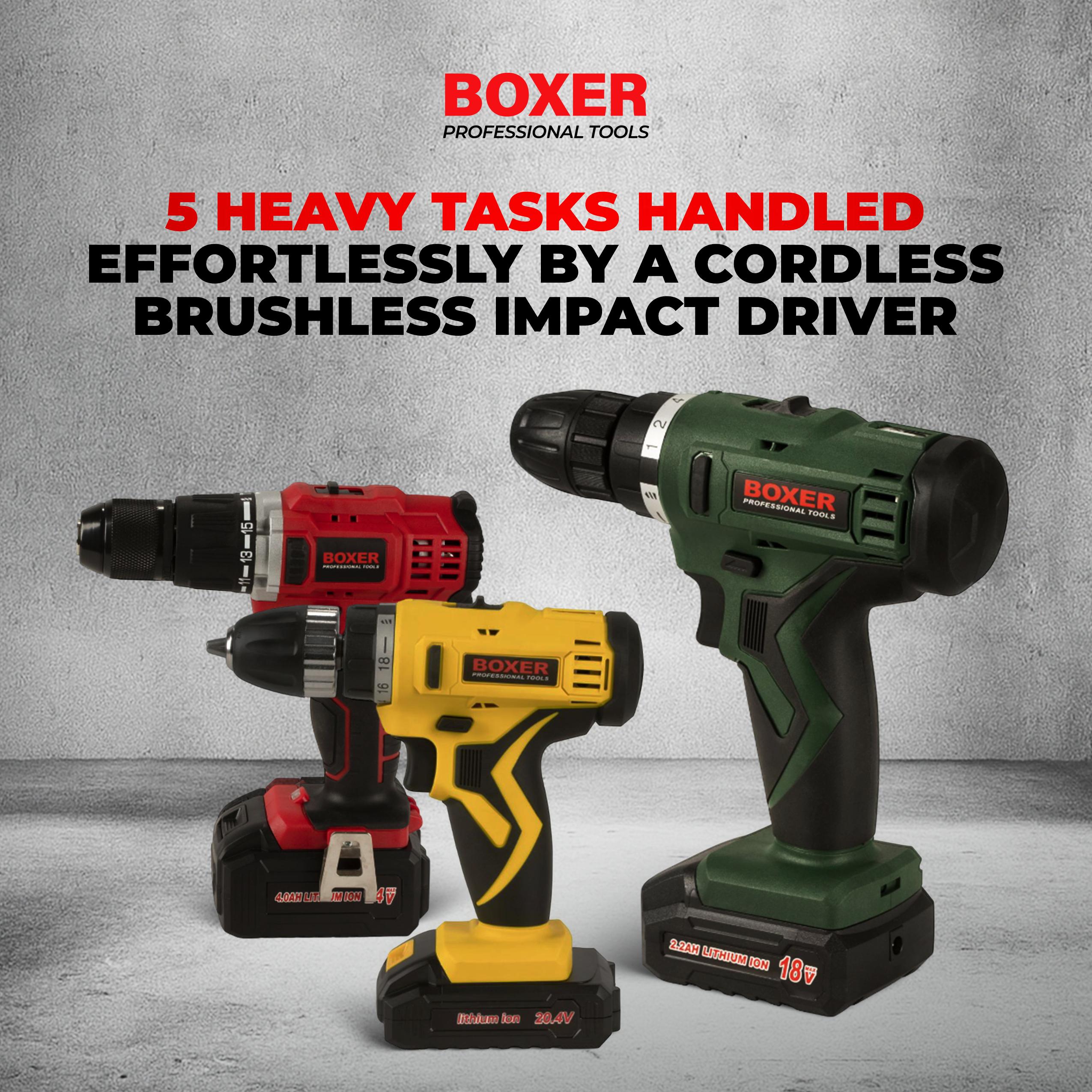
Hand And Power Tools: Which One Should You Use?
Hand tools and power tools are two types of equipment that are commonly used in construction projects and various other tasks. While they both serve the purpose of assisting workers in getting the job done, they have distinct differences in terms of functionality, power source, and safety considerations. We will explore what hand and power tools are, how they differ, and the safety measures that should be taken when using and maintaining them.
Hand tools are manually-operated tools that do not require any power source. They are usually smaller and lighter than power tools, which makes them easier to maneuver and use for extended periods. Hand tools are also generally more affordable than power tools. However, they can be slower and more labor-intensive compared to power tools. Some common examples of hand tools include hammers, screwdrivers, wrenches, and hand saws.
On the other hand, power tools are mechanical or electrical devices that are powered by a motor or battery. They are typically faster and more powerful than hand tools, which makes them ideal for larger projects. Power tools can perform tasks more quickly and easily due to their increased power and efficiency. However, they can be more difficult to control than hand tools and are usually more expensive. Common examples of power tools include drills, circular saws, angle grinders, and electric sanders.
When it comes to selecting the right tool for a specific task, it is important to consider the nature of the job and the requirements involved. For simple tasks that require precision and a personal touch, hand tools are often the best choice. They offer more versatility and can be used for a wide range of tasks. Hand tools are also easier to maintain and do not require any additional power sources. On the other hand, power tools are more suitable for complex tasks that require more power and efficiency. They can handle heavy-duty tasks with ease and can significantly speed up the completion of a project.
While hand and power tools are essential for getting the job done efficiently, it is important to prioritize safety when using these tools. Both hand tools and power tools can cause injuries if not used properly or if safety precautions are not followed. According to the Consumer Product Safety Commission, approximately 400,000 people are sent to the emergency room each year due to hand and power tool injuries.
To minimize the risk of injuries, it is crucial to follow safety guidelines when using hand and power tools. For hand tools, it is important to inspect them before each use to ensure they are in good condition. Choosing the right tool for the job is also crucial to prevent accidents and achieve better results. Using appropriate personal protective equipment (PPE), such as gloves and eye protection, is necessary to protect yourself from potential hazards. Additionally, maintaining a clean and tidy work area helps to prevent trip hazards and accidents.
When it comes to power tools, it is essential to read the operator's manual before using any tool to understand the proper operating procedures and safety guidelines. Wearing the appropriate PPE, including ear protection for loud tools, is crucial to protect yourself from potential harm. When using handheld power tools, it is important to secure the workpiece with clamps or stability devices to prevent accidental slips or movement. Avoid wearing loose clothing or jewelry that could get caught in moving parts. Additionally, keeping the work area well-ventilated and free from dust particles and fumes is important for respiratory health.
Regular maintenance and inspection of both hand tools and power tools are also important to ensure their safe and efficient operation. Discard any worn-out or damaged tools, as they can pose a safety risk. It is also important to unplug power tools when they are not in use and to check for any loose screws or equipment. Inspecting power tool cords for wear and tear is crucial to prevent accidents and electrocution.
Hand tools and power tools are indispensable in various tasks, especially in construction projects. Understanding the differences between these two types of tools and their appropriate use is essential for achieving optimal results and ensuring safety. By following safety guidelines, using the appropriate personal protective equipment, and properly maintaining the tools, workers can minimize the risk of injuries and work more efficiently.
Copyright © 2025 Boxertools | Powered By Orance Media Group








